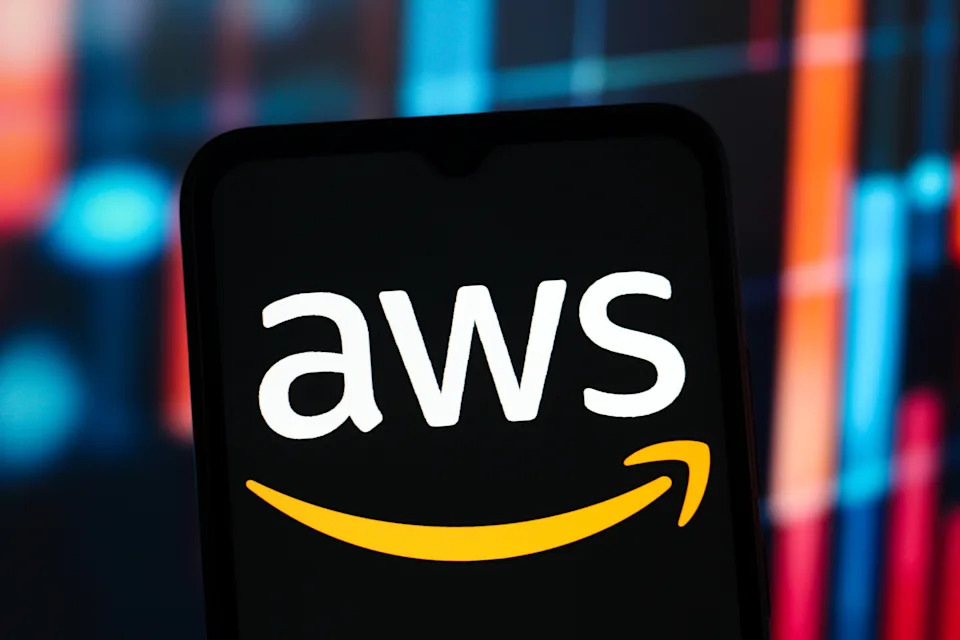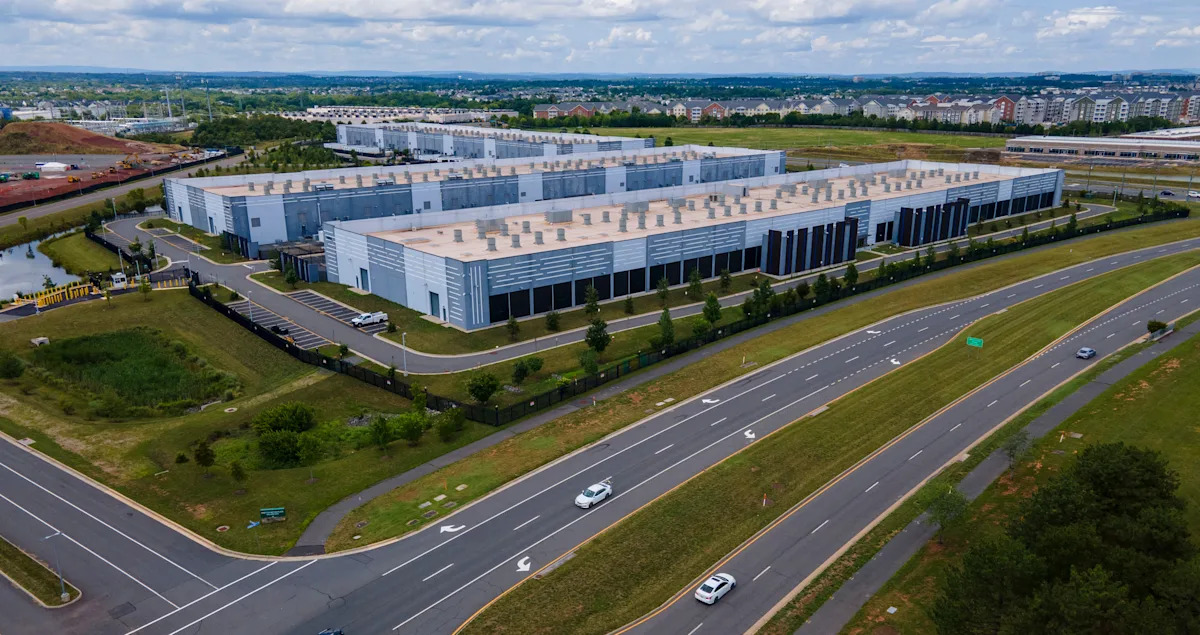Amazon says Amazon Web Services, its cloud computer service that powers many of the internet’s most popular apps and websites, has fully recovered from a massive outage that disrupted online activity around the world for more than 12 hours on Monday.
The company said that the outage was likely caused by issues related to its domain name system, or DNS, which converts website addresses into numeric ones, allowing websites and apps to load on internet-connected devices. It’s like a “phone book for the internet,” or part of the “plumbing” for online connectivity.
Amazon has data centers all over the world. According to the company, the outage originated at its AWS plant in northern Virginia, in an area known as “Data Center Alley,” where hundreds of such facilities are located.
What is AWS and what does it do?
Amazon Web Services, along with Google’s Cloud Platform and Microsoft’s Azure, provide most of the world’s cloud computing infrastructure. Companies rely on them to store their data and make software and applications run smoothly.
So when there’s an outage, a lot of websites, apps and services go down.
According to Downdetector, a website that tracks online outages, users of apps such as Snapchat and WhatsApp and major websites, including Amazon, began reporting service disruptions shortly after 3 a.m. ET.
Soon dozens of apps and sites were reporting outages, including Google, Hulu, Lyft, Netflix, Reddit, Spotify, Starbucks, T-Mobile, Verizon, Venmo and Zoom. Amazon’s own apps and streaming services, including Alexa, Kindle, Ring and Prime Video, were also affected.
How did Amazon respond?
Amazon Web Services, or AWS, accounts for about 30% of the global cloud infrastructure market. (Photo illustration: Thomas Fuller/SOPA Images/LightRocket via Getty Images)
At 6:35 a.m., Amazon said on its AWS health dashboard that the issue was “fully mitigated” and that most services were working normally. But hours later the company said it was still working to “address residual network connectivity issues.”
It wasn’t until 6 p.m. ET that “all AWS services returned to normal operations,” Amazon said.
“It’s similar to what happens after a large-scale power outage,” cybersecurity expert Mike Chapple told the Associated Press. “While a city’s power is coming back online, neighborhoods may see intermittent glitches as crews finish the repairs.”
What the outage exposed
The half-day outage was a stark reminder of just how reliant internet companies and users have become on just a handful of cloud computing companies.
According to one recent estimate, AWS accounts for about 30% of the global cloud infrastructure market.
“Outages like this highlight a serious issue with how some of the world’s biggest companies often rely on the same digital infrastructure, meaning that when one domino falls, they all do,” Marijus Briedis, chief technology officer at NordVPN, told Yahoo U.K. “From streaming services to online banking, so much of our digital life depends on just a few cloud providers.”
“The world now runs on the cloud,” Patrick Burgess, a cybersecurity expert at U.K.-based BCS, the Chartered Institute for IT, told the AP.
“We urgently need diversification in cloud computing,” Corinne Cath-Speth, the head of digital at human rights organization Article 19, told the Guardian. “The infrastructure underpinning democratic discourse, independent journalism and secure communications cannot be dependent on a handful of companies.”

